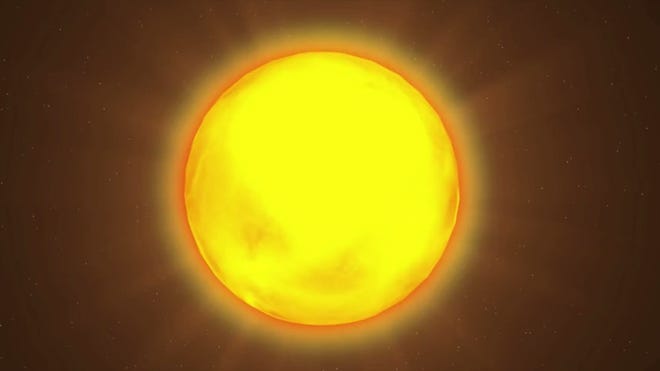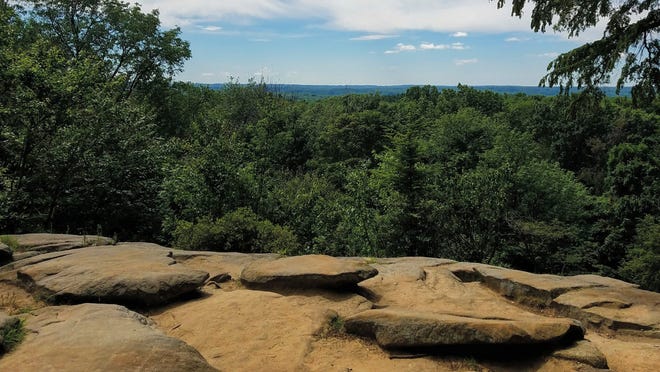
Today marks the official start of winter and is also the shortest day of the year in the Northern Hemisphere.

Also known as the winter solstice, this year it falls on Tuesday. Here's what to know about it:
What happens during the winter solstice?
Dec. 21 marks the winter solstice, which means the Earth's Northern Hemisphere is tilted as far away from the sun as possible, and that half of the planet will see the shortest hours of sunlight and the longest dark hours of the year.
After the winter solstice Tuesday, the days will gradually become longer until the summer solstice, June 21, which will be the longest day of the year and mark the first official day of summer.
Brews, views and igloos: Your guide to outdoor dining spots in Greater Cincinnati
More:Campbell County parks are more accessible this winter. That's, in part, thanks to this birdwatcher
What time is the winter solstice?
The solstice technically only occurs for a moment, at the exact point the Northern Hemisphere is the farthest from the sun. This year, it will be at 10:59 a.m. EST on Tuesday, Dec. 21.
The Southern Hemisphere will then experience the Summer Solstice.
What was the winter solstice 'Great Conjunction' in 2020?
In 2020, the winter solstice also brought along a rare planetary event: Jupiter and Saturn appeared closer together in the sky than they had in the last four centuries and were simultaneously visible in a telescope.
The rare event, also called the "great conjunction," won't happen for another 60 years, according to the Vanderbilt Dyer Observatory.
More:Exoplanets are weird. Let us count the ways
First day of winter
Though the solstice marks the astronomical beginning of winter, meteorologists view the first day of winter as Dec. 1, which is the start of the coldest three months in the Northern Hemisphere, a USA TODAY article stated.
However, according to the Farmers' Almanac, the coldest days of the year in the U.S. tend to occur between mid-December and late January.
Source link









